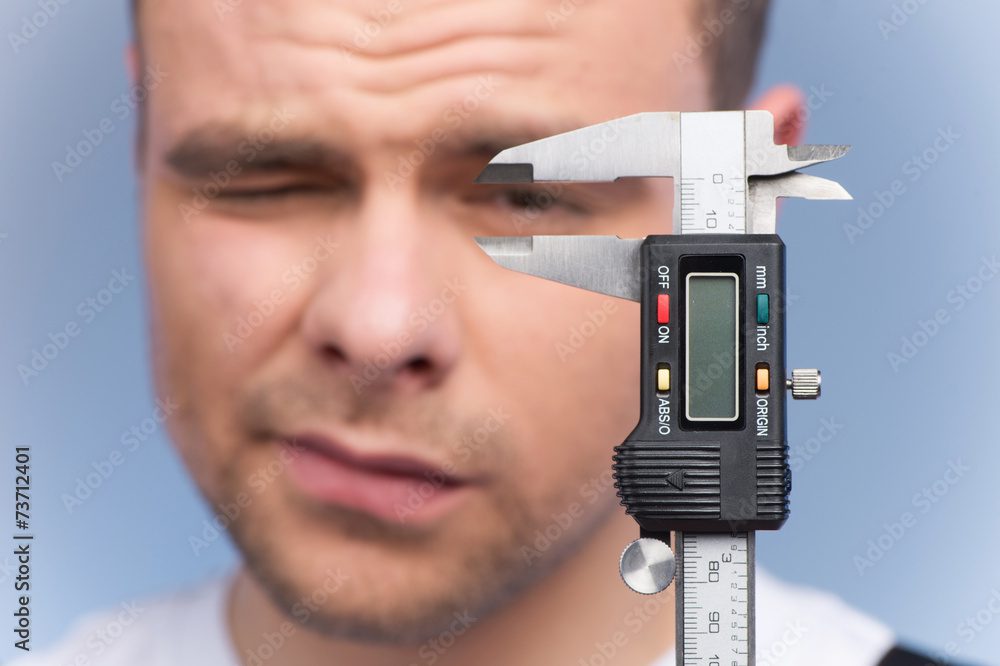Binaural Beats were first discovered by physicist Heinrich Wilhelm Dove in 1839. He found that listening to certain tones elicits certain reactions in the brain. He discovered that when one ear listens to a sound that differs in frequency with the sound heard by the other ear, a new beat is produced.
Brain Waves
The brain is home to billions of brain cells known as neurons. These neurons exchange information with each other. When these neurons start communicating with each other, an increase in electrical activity inside the brain takes place. This electrical activity produces a wave-like pattern, which scientists call brain waves.
Our brains operate in a range of frequencies. The frequency at any given time will depend on many factors. It influences and is influenced by the activity we are performing, what we have eaten, drunk, or otherwise consumed, our environment, and other factors. Scientists have classified our brain wave states into four main phases.
The four brain frequency patterns or brainwave states are:
- Delta – Delta patterns fall in 0.1 to 4 Hz range and are associated withdeep, dreamless sleep and unconsciousness.
- Theta – Theta patterns fall between 4 to 8 Hz, associated with the REMphase of sleep, meditation, creativity.
- Alpha – Alpha patterns fall in between 8 to 13 Hz, which promotespositivity and decreased anxiety.
- Beta – Beta patterns fall in between 14 to 30 Hz, which is linked to increased concentration, alertness, cognition, problem-solving, and better memory.
Music, especially rhythm, has the capacity to influence our mental and physical performance, and scientific research and studies have proven that. When a rhythm is repetitive and regular, our brain’s frequencies slowly align with it.
We are all aware of how some music, or rhythms, can make us feel peaceful and relaxed, and other pieces can make us jangly and agitated. Music indeed influences the brain, and so too does brainwave entrainment and binaural beats.

Binaural beats take this synchronization to a whole new, rapid level. Before any sound enters the brain, it is first processed in the ‘Superior Olivary Complex’ (SOC). This is the part of the brain that identifies which direction the sound will go through, but the superior olivary complex will be tricked by the binaural beat, as it hears two tones at two different frequencies at the same time.
Binaural beats are comparable to optical illusions. However, they are auditory illusions. The SOC will function much like a conductor of an orchestra. It signals certain neurons of the brain and results in synchronization to take place. This process of synchronization is called ‘entrainment.’
Binaural beats are just one of the types of brainwave entrainment that can be used. Other types of brainwave entrainment include Music Modulation, Monaural Beats, Isochronic Beats, EEG Active Entrainment, and Sound and Light Entrainment.
Special Offer!
You Will Find This Course In You Earth Plus
Coming Soon




